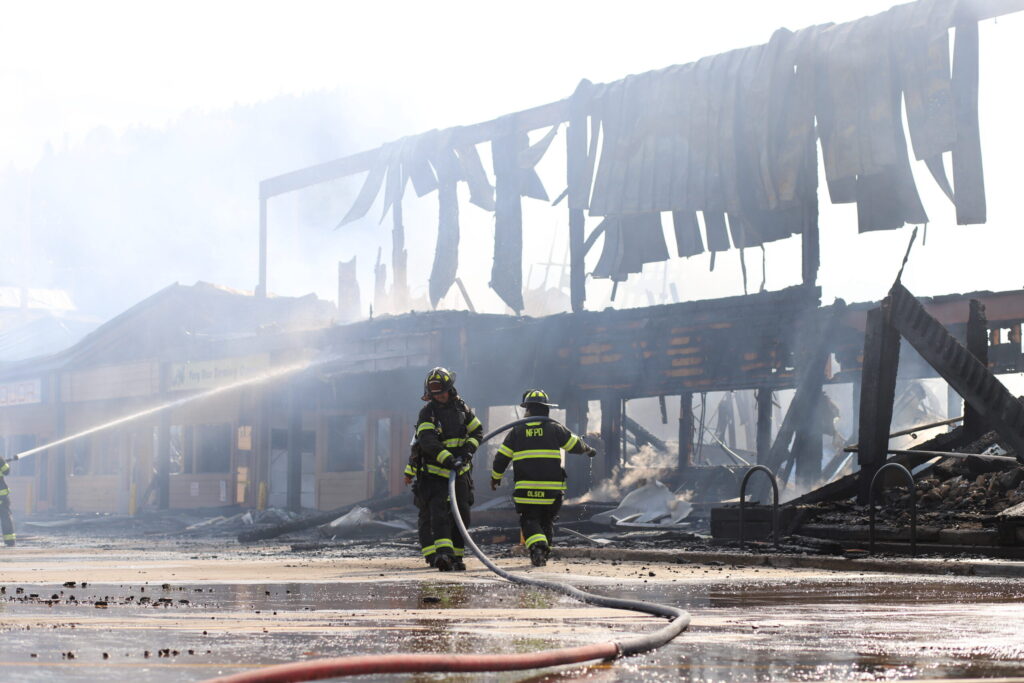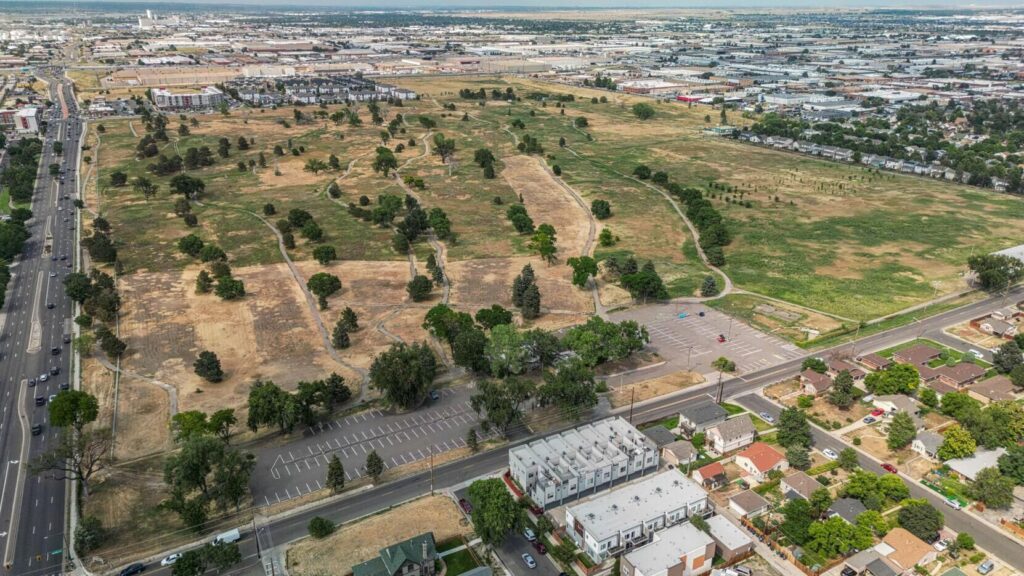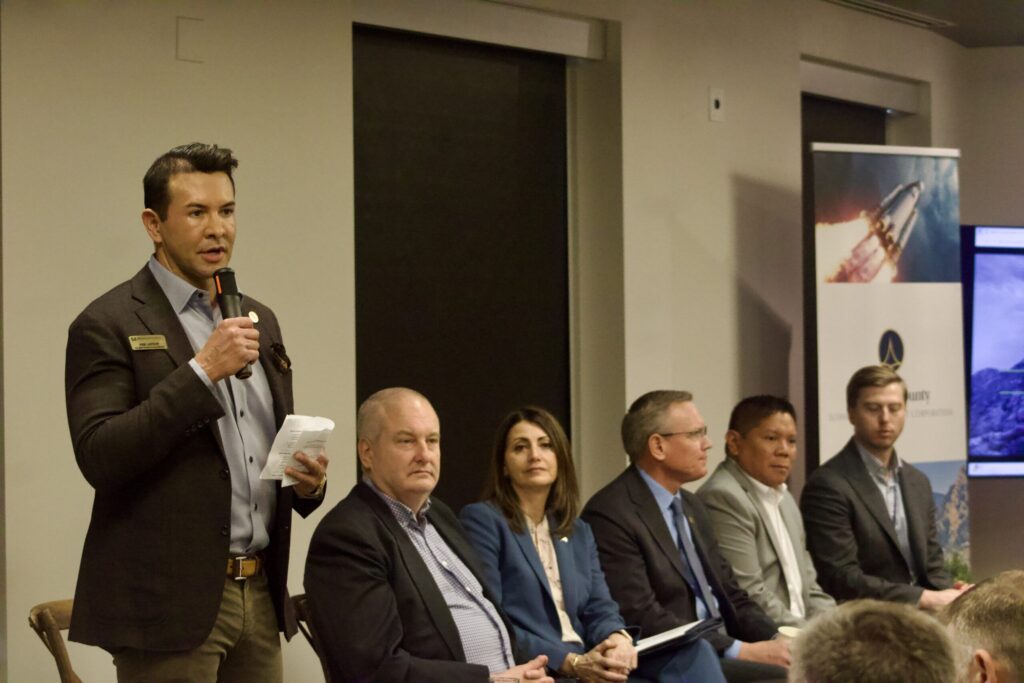Air Force, Army recruiting exceeds goals, enlistees trend older
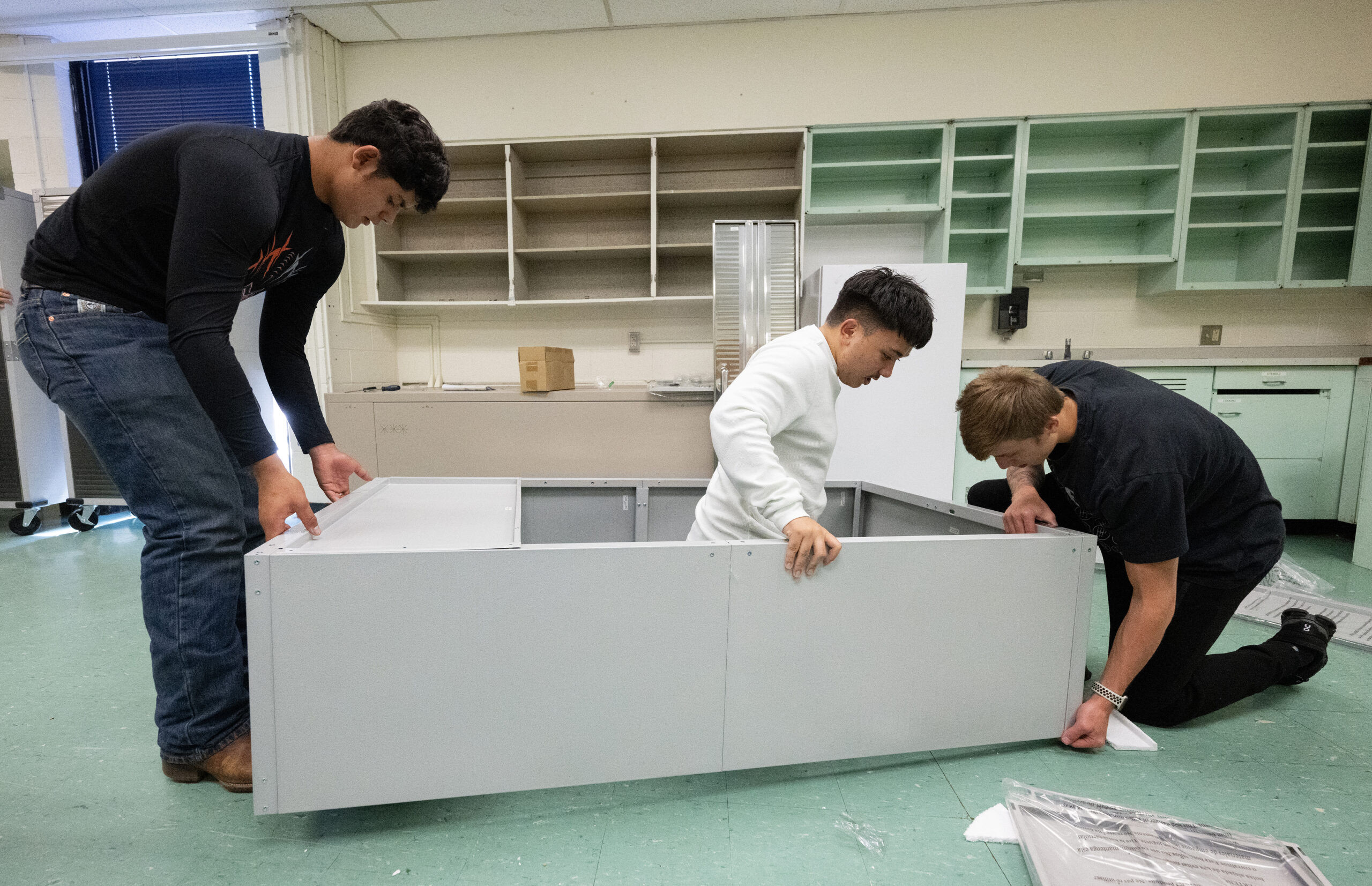
After struggling to draw in enough fresh recruits, the Army and the Air Force saw their investments in policy changes, new programs and pay attract more than enough new enlistees this year.
Mitchell High School senior Noah Ogilvie expects to be among new recruits next year since he has already started the paperwork to enlist. He plans to follow his mom and other members of his family into the military.
“It’s kind of like our family business,” said Ogilvie, who is on the leadership council for the school’s large JROTC program. About 25% of the school’s student body participates in the program for at least a semester.
With a high number of active duty and veterans in town, the exposure to military careers and culture locally is high, but the same is not true nationally. The percentage of young people interested in serving is about 11% and has been low for quite some time, explained Beth Asch, a senior economist at Rand, a nonprofit, nonpartisan institute.
Research has also shown that most people who enlist were not inclined to join.
“Most people who join have to be convinced,” Asch said.
After missing their enlistment goals in recent years, the Air Force and Army invested in higher pay, new policies, such as higher body fat standards in the Air Force, and new programs such as the Future Soldier Preparatory Course to draw in more people. The prep course helps prospective soldiers lose weight and improve their test scores.
Without a rigorous scientific analysis, it’s impossible to say what fixed the recruiting problems, Asch said, particularly when the root causes of the problem were not identified.
But the youth unemployment rate has been creeping up since 2023 and that can be an important contributing factor, she said, along with higher pay for troops.
Well ahead of the Sept. 30 deadline, the Air Force and the Army met their enlistment goals as did the other military branches.
Through August, the Air Force has signed up 28,496 recruits, a bit above its goal of 28,416 and the Army has signed up about 58,000, above its goal of 52,400, according to a DOD news release. The Air Force has about 18,000 additional incoming airmen in the delayed entry program, a recruiting spokesman said.
Last fiscal year, the Army signed up 55,000 soldiers and the Air Force garnered 27,100 new airmen, with booth meeting their enlistment goals.
The Army missed its enlistment goal by about 23% in 2023 and about 25% in 2022. The Air Force also missed its enlistment goal in 2023 for the first time in 24 years.
The Space Force, a much smaller service, has not struggled to meet its numbers.
Through the challenging years, the services pointed to a tough recruiting environment. The Army Recruiting Division reports that 71% of youth are not qualified to serve because of factors such as obesity, drug use, health problems and misconduct.
The military could see additional challenges next year as the number of 18 year olds graduating from high school begins to drop. U.S. Census Bureau data expects the number of high school graduates to fall from 4.47 million in 2026 to 4.14 million in 2030, an analysis by Texas A&M University shows.
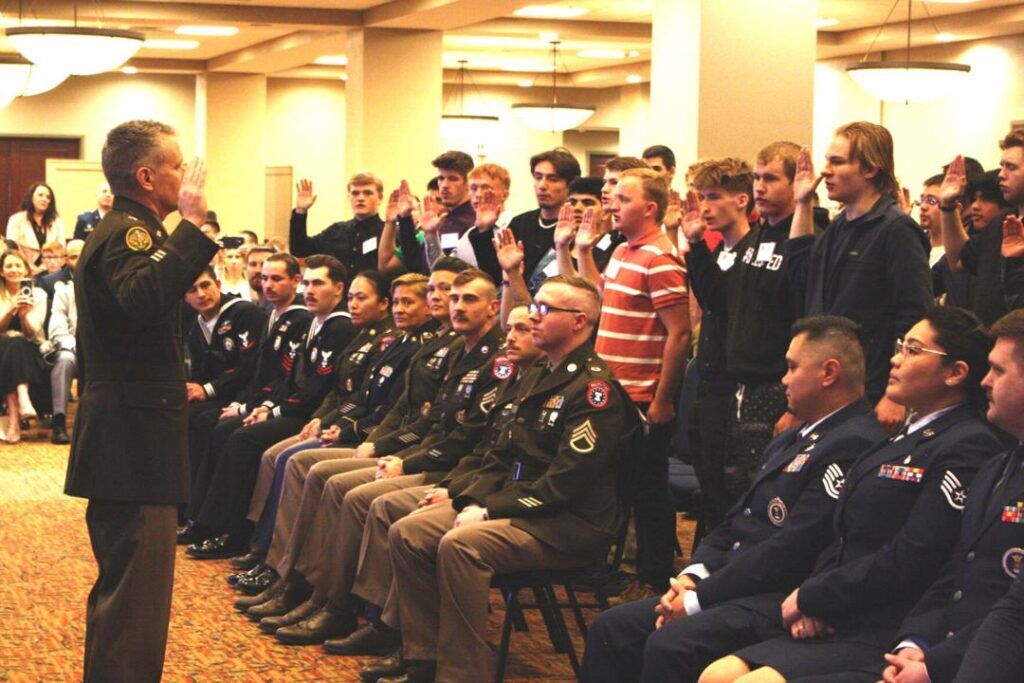
Reaching older recruits
The average age of new recruits coming through Tech Sgt. Stefani Diemer’s office on North Academy Boulevard is already in the mid-20s.
Many are interested in health care for their families and retirement benefits. In some cases, the prospective airmen are frustrated after working jobs for ten years that have not allowed them to build up any savings toward retirement, Diemer said. Others are attracted by insurance that will cover otherwise hefty expenses, such as the birth of a child or a surgery. Higher pay including the 14% raise that junior enlisted troops received this year also helped, she said.
Many come in having already done their research and are committed to enlisting.
Their attitudes are essentially “I am not going to quit or back out because I need this,” Diemer said. It typically takes about six months from starting the process to leaving for basic training.
Another effective change has been the Air Force’s higher body fat standards that now allow a man to have up to 26% body fat and a woman to have up to 36% body fat. Both are considered healthy levels.
The change has allowed about 12,000 airmen to attend basic military training, Diemer said, with only a handful dropping out.
The service has also maintained the option for potential airmen to retake their THC test after 90 days if they fail initially, Diemer said. The Air Force started allowing retests as part of a two-year pilot program.
While Diemer is already seeing many adults, the military might need to reframe its recruiting infrastructure to capture a similar demographic as the number of high school students in the U.S. falls, Asch said, since the infrastructure for so long has been focused on programs like JROTC.
While slightly older recruits are more likely to drop out of basic training because of medical problems, such as a bad knee, if they make through they are more likely to perform better than younger recruits and re-enlist at higher rates, said Katherine Kuzminski, director of studies at the Center for a New American Security.
“They are really committed when they do make the decision to enlist,” she said.
But it is tougher to reach them than high school or college students, Kuzminski said, and the military has to rely more on them showing up to a recruiters office.
Evaluating change
Since numbers are back up the services can now consider what initiatives to roll back as they track the performance of recruits.
For example, the Army should track how those who entered through preparatory courses perform, Kuzminski and Asch said.
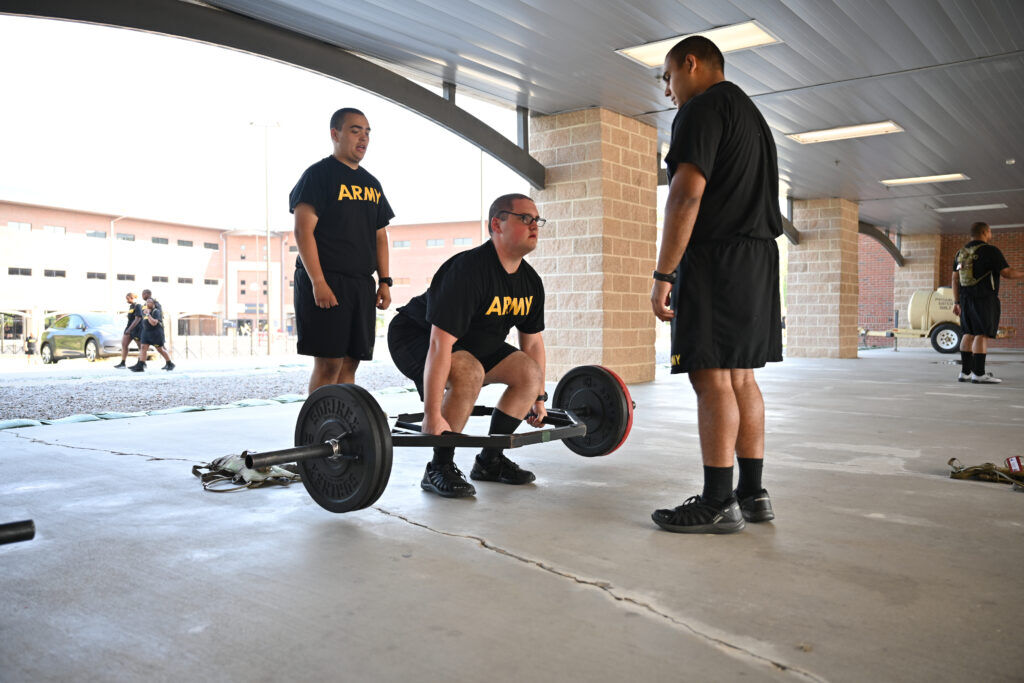
The Army’s course has graduated 46,000 people since it started, USA Today reported in September. The program was first piloted in 2022.
While the program scaled fast, the money invested into marketing to convince people to serve is far less than the money spent on helping prospects meet the standards, Kuzminski said.
So the program is “a cost effective way to take those people that already have the quality that is really hard to buy – which is the desire to serve – and help them get to the standard,” she said. It also helps address the reality that across the country access to education, healthy foods and exercise is varied.
Back at Mitchell High School, where 135 students are in the Air Force focused JROTC program, the students help organize an annual 9/11 Memorial that honors Kathryn Yancey LaBorie, a flight attendant who died when her plane crashed into the World Trade Center. They are also working with other student groups to set up a new food pantry as part of a two-year pilot program with Care and Share.
It’s work that teaches leadership, Ogilvie said, and learning to be patient with other students has been a big part of that.
“Nobody’s ever going to be perfect,” he said. “Now you can try to get them as good as possible, but mistakes will still happen, and patience is key.”
Oglivie hopes to pursue human intelligence after he enlists and expects to see some of the benefits of joining he has observed in his family.
“It can really help you in all aspects of life. It teaches you discipline. It helps you stay fit,” he said.






